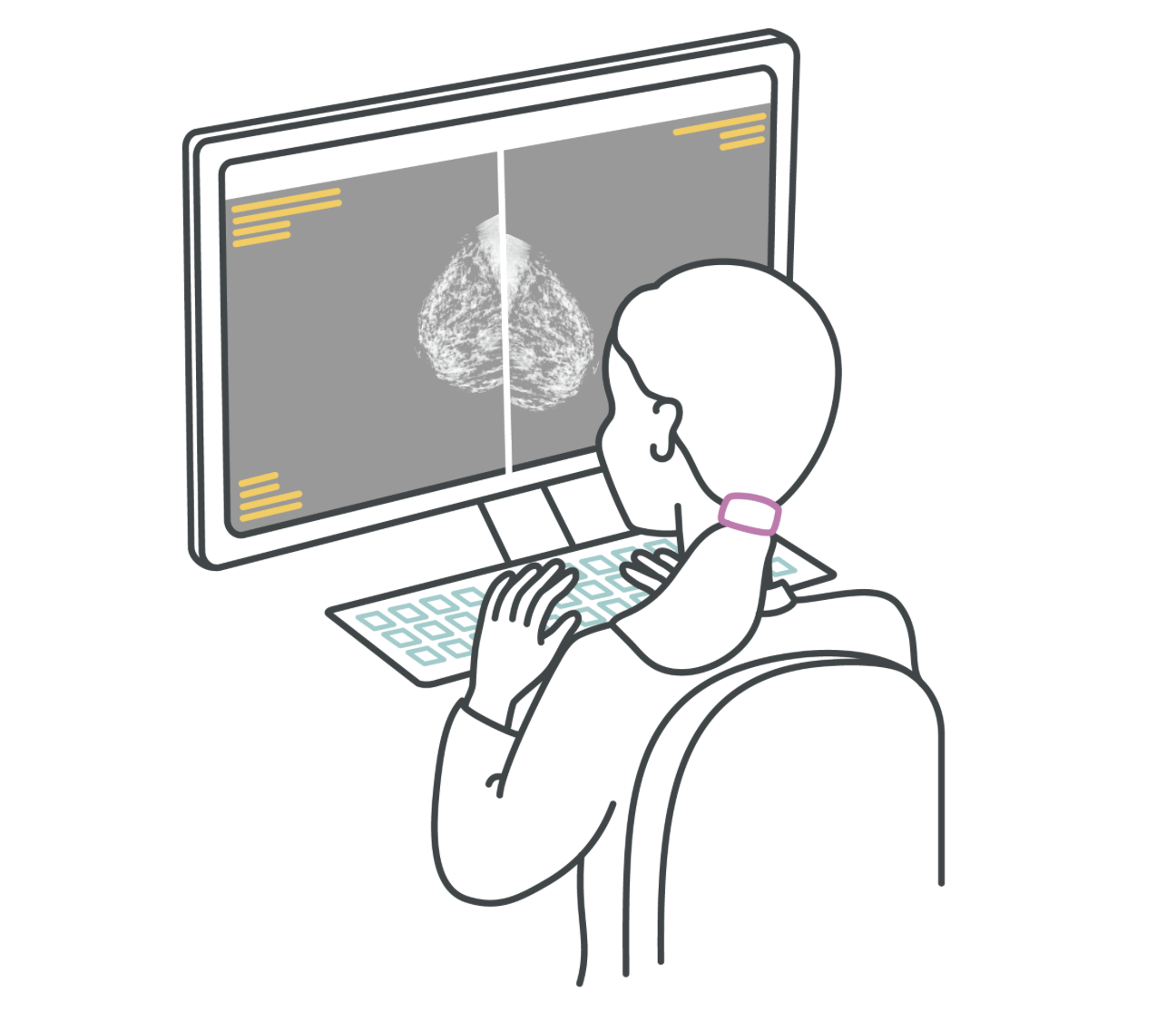
Task Force Advises Starting Mammograms At 40
The US Preventive Services Task Force (USPSTF) has revised its breast cancer screening guidelines in light of recent data highlighting the rising rates of breast cancer in younger women. The new draft recommends that all women, regardless of race, ethnicity, or breast density, should undergo their first mammogram at the age of 40, followed by screenings every two years thereafter.
Previously, the task force suggested that women commence screenings at the age of 50, with younger women deciding on the appropriate time to start based on individual risk factors. However, with the increasing incidence of breast cancer among women under 50 since 1990, the revised guidelines aim to reach more women and detect cancers at an early stage, potentially saving up to 19% more lives, according to the task force.
The updated screening age aligns more closely with the recommendations of the American Cancer Society (ACS), which suggests that women between the ages of 40 and 44 have the option to start yearly mammograms, while those aged 45 and above should undergo regular screenings. ACS emphasizes that regular screenings provide the most reliable means of early detection, enhancing the chances of successful treatment.
While the new guidelines present a positive step forward, the task force acknowledges the need for additional research in certain areas, particularly concerning women with dense breasts and Black women, who face higher risks of developing the disease.
Breast cancer is the second most common cancer and the second leading cause of cancer-related deaths among women in the US.
However, Black women are 40% more likely to die from the disease compared to white women, and they often develop it at younger ages. Addressing this disparity requires further research and understanding to rectify and ensure equitable access to care.
The task force emphasizes the urgency of studying additional screening methods for women with dense breasts, which make up nearly half of all women. Mammograms are less effective in detecting cancer in dense breast tissue. Consequently, research is needed to determine whether other screening approaches such as ultrasound, breast MRIs, or alternative methods can be helpful for this subgroup of women.
In March, the FDA updated its mammography regulations, requiring healthcare facilities to inform patients about breast density and recommend further consultation for those with dense breasts to assess the necessity of additional screening.
Furthermore, the task force underscores the need to address disparities among Hispanic, Latina, Asian, Native American, and Alaska Native women. Ensuring equitable follow-up appointments after initial screenings is crucial to prevent delayed or inadequate care for these populations.
Additionally, more research is necessary to study screening and treatment for women aged 75 and older. The benefits and risks may vary in this age group, but limited research currently exists to guide decision-making.
Approximately 60,000 breast cancers are diagnosed annually in women under 50. Furthermore, Black women are more likely to develop aggressive cancers at younger ages and face a 40% higher mortality rate from breast cancer than white women.
The updated breast cancer screening guidelines serve as a valuable tool for detecting breast cancer at an early stage and improving survival rates. By prioritizing research and addressing disparities, healthcare professionals can work towards ensuring equal access to timely and effective treatments, ultimately saving more lives.
Regular screenings remain a vital component of preventive care, allowing for early detection and successful management of breast cancer.



